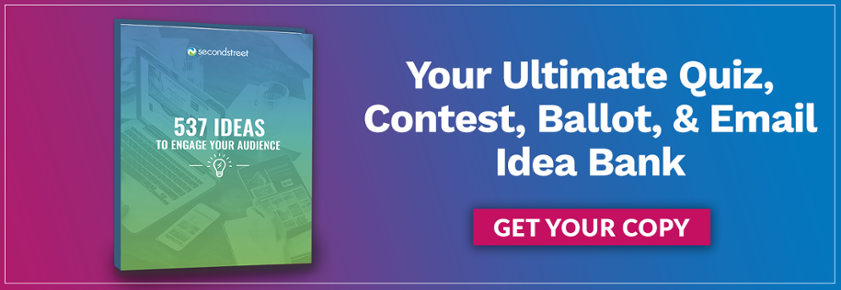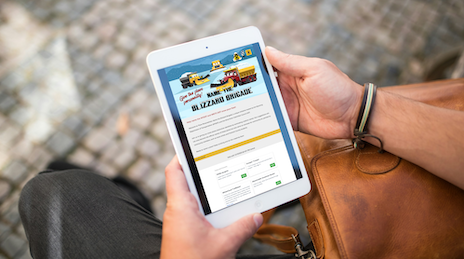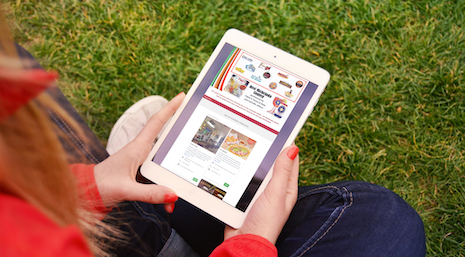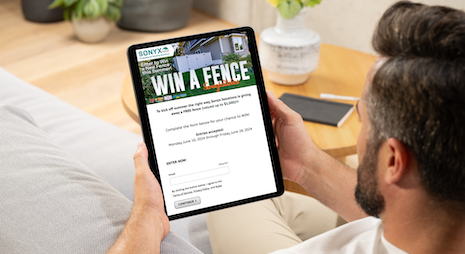When I set out to start a blog, it definitely wasn’t my top priority. At the time, I was running a catering company and was using the blog just as a way to keep the catering site current. But I started to see the blog could be a business on its own and give me the freedom to drop the stress of the catering business and cook the foods I really wanted on my schedule.
Over the last couple years, I’ve stopped thinking about my blog as a side project and started giving it the attention it really deserves. One of the biggest changes I’ve made is making email a big part of my entire blog strategy.
There’s a lot that goes into running a successful blog – in no way am I saying that I’ve got it all figured out – but when it comes to using email, I’ve seen how it can directly turn into new engaged readers on my site.
Here’s a list of six important things I’ve learned about using email for my blog, Zenbelly:
Social’s Great, But Have You Tried Email?
Facebook, Instagram, and other social media platforms are a fantastic outlet for sharing your blog posts. I follow a bunch of blogs on social and love seeing their photos and videos. But the thing I’ve learned about social is that it’s a stagnant platform. There isn’t a ton of movement from a beautiful Instagram or Facebook photo to the actual post on my site.
But email is all about clicking. On the days I send out emails, I’m seeing a direct spike in my web traffic and pageviews. This isn’t something I can say for social media – no matter how many likes it gets.
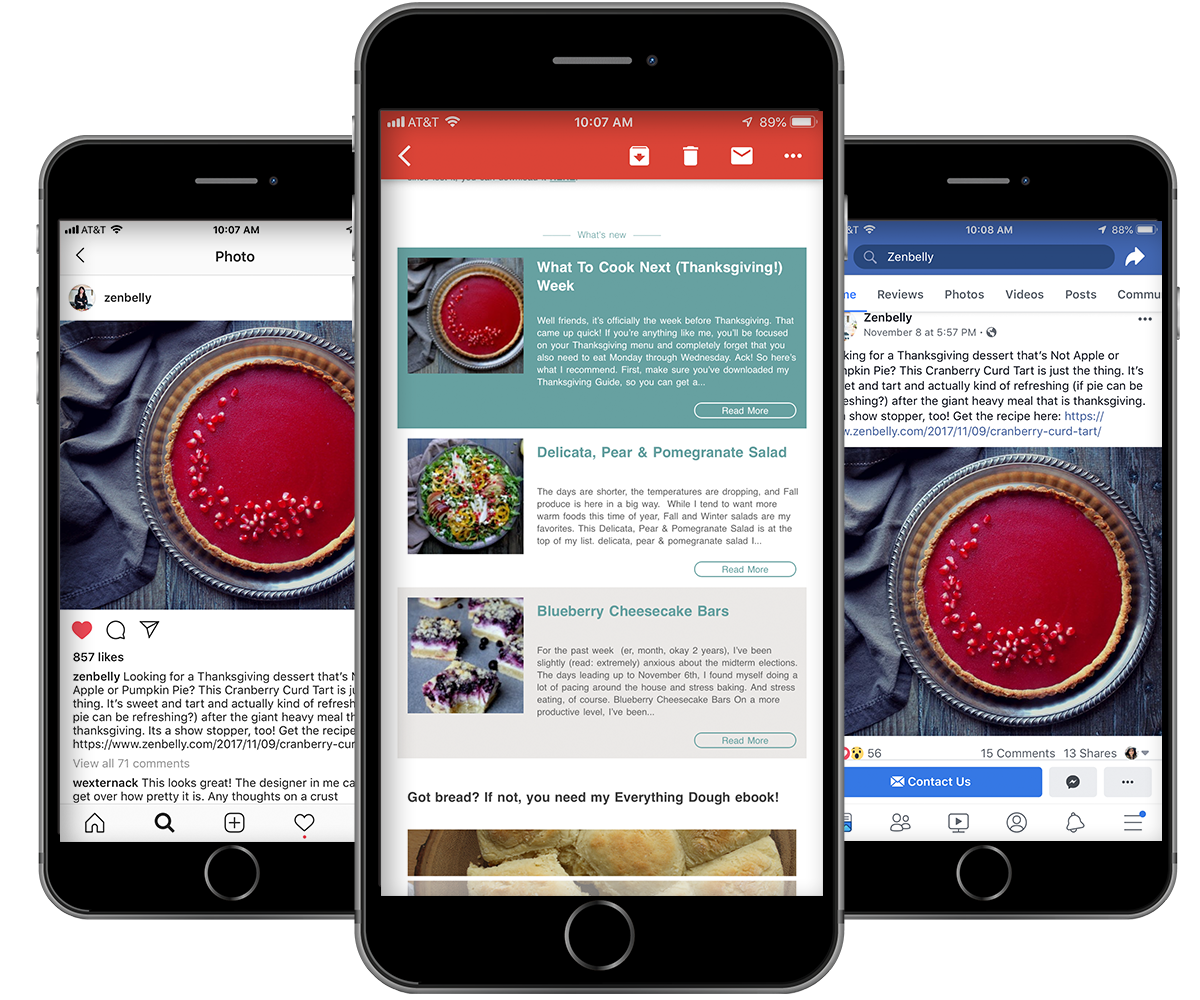
Email Doesn’t Take a Lot of Time
One of the biggest hold-ups I had for taking the leap into email was time. After brainstorming new dishes, testing them out, taking captivating step-by-step photos, writing a recipe and accompanying blog post, and posting it to Facebook and Instagram, there just wasn’t a whole lot of extra time to start something new.
Then I discovered sending emails via an RSS Feed. Some email providers are able to practically build an email newsletter just by providing your blog’s web address. With a few minor tweaks initially, I was able to get a weekly newsletter up and rolling with very minimal effort on my end – which is great when you’re running a one-person business.
Make Your Subscribers Feel Like VIPs
Everyone likes to feel special. When it comes to your blog, incentivize your followers to subscribe to your emails by offering them something exclusive that can’t be found just by visiting your website.
Don’t worry – this doesn’t have to cost you time or money. You have lots of existing blog content you could simply repurpose for subscribers in a new way. For me, this means pulling together recipes and posts in an exclusive Holiday Recipe Guide or an Instant Pot Cooking Guide, a downloadable PDF exclusive to my subscribers.
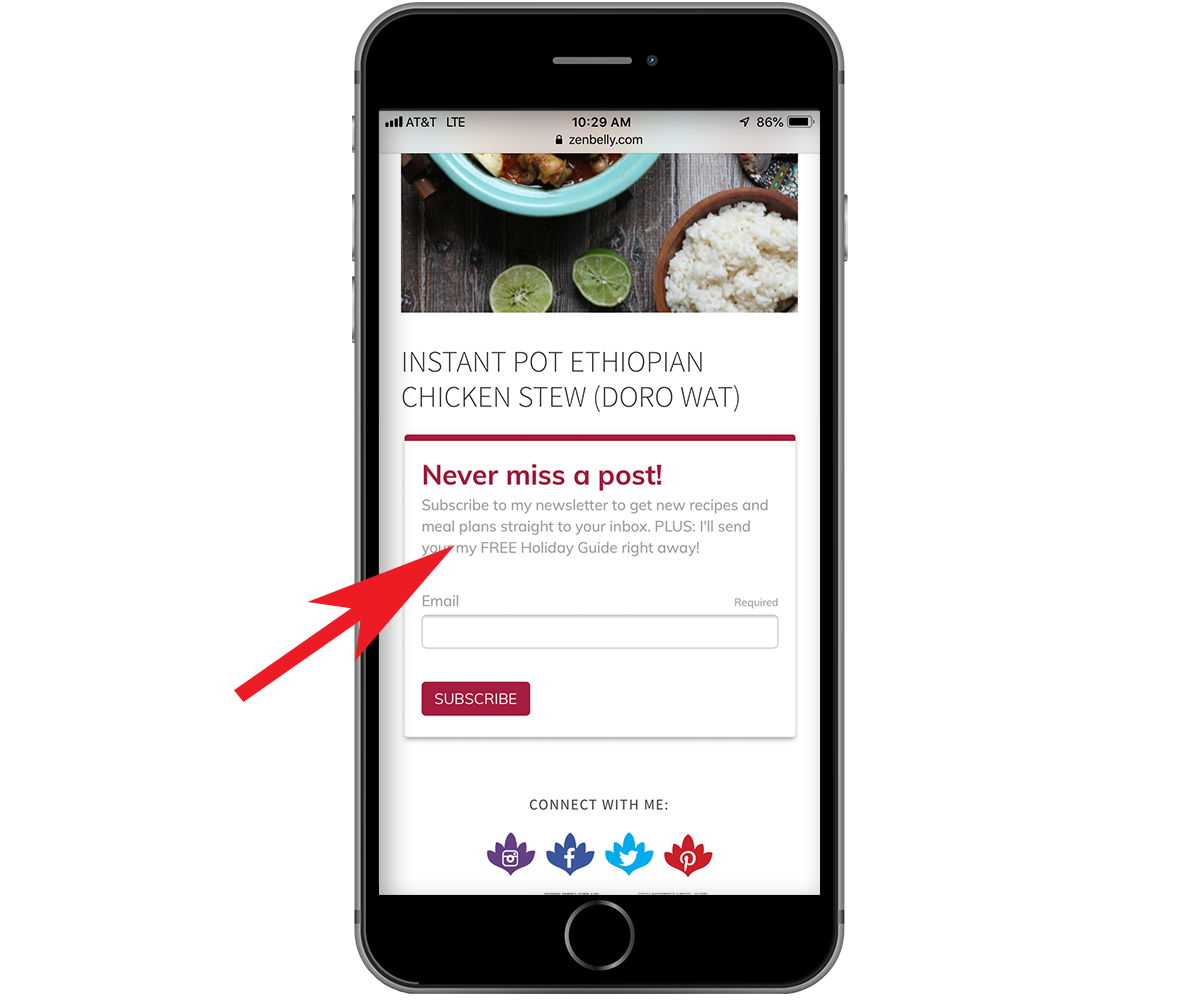
Creating Good Emails is Simple
Make your email stand out amongst all the rest. With just a few quick tweaks, you can make your emails have the personalization and feel of the brand of your blog.
Don’t just stick with the original email defaults. Add your blog’s logo and pull in the colors that match your brand. Include pictures to accompany the posts in your email and customize the color and wording of your call-to-action buttons. If you want to do even more to help your deliverability, check out these email design tips as well.
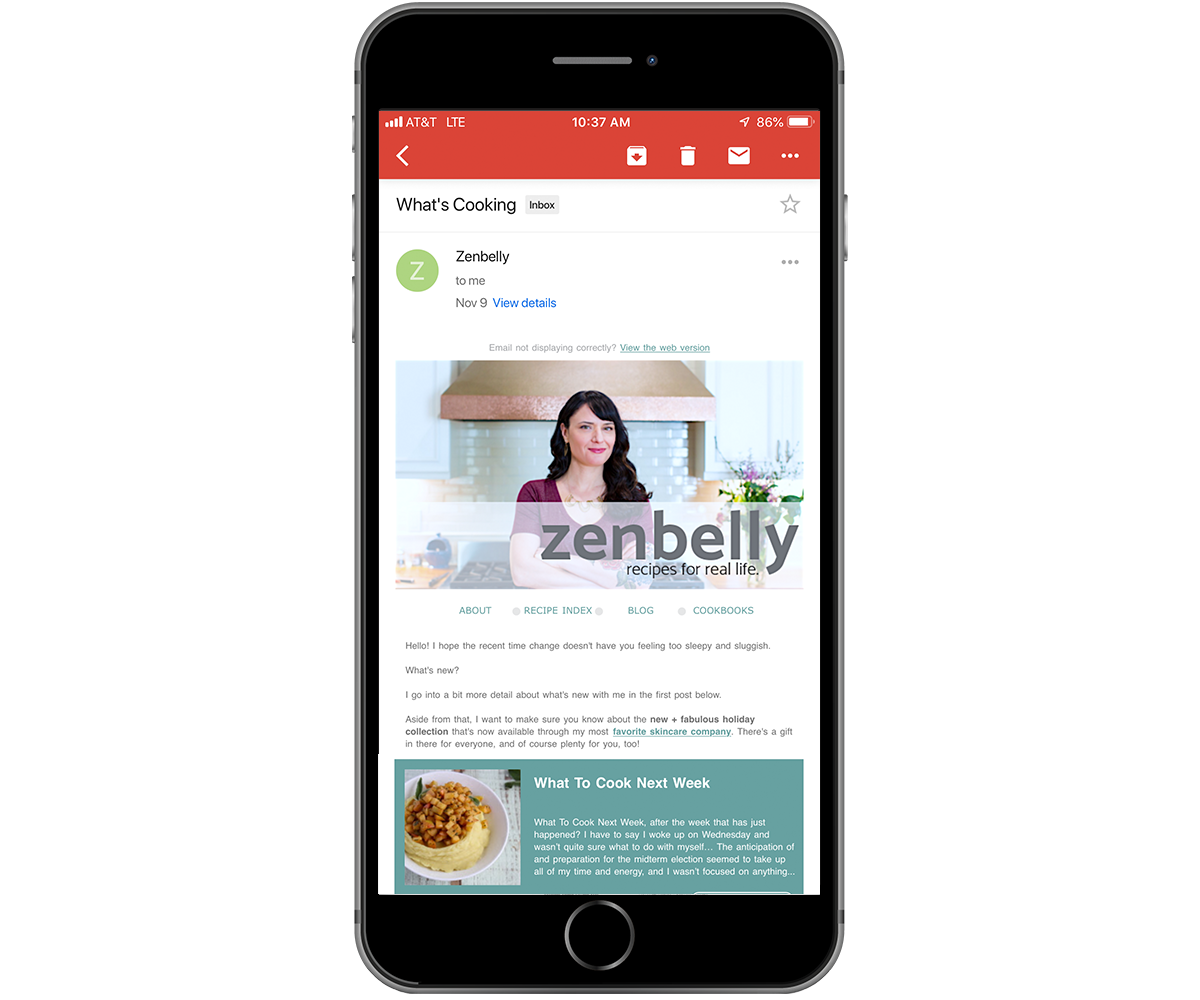
Don’t Be Afraid of Sending to Smaller Audiences
The way you’ve built up your email database in the past, may not have been done with all the best practices. Sending to a smaller list that’s more engaged with your content will deliver better results. While it can be scary to see your overall list size drop, you need to have the courage to know you’re doing the right thing for your brand.
Previously, I had many people subscribe to my newsletters in a partner campaign with another brand. While I knew I did have the permission to email them, I just didn’t feel like they all had intentionally wanted to join my list. So I sent a re-engagement email to this list asking them to opt-in a second time just to be sure. While the overall list size dropped a little, this hyper-engaged list is now opening emails often with a 50% open rate (holy cow!) and the list continues to grow.
Ensure Your Audience Wants Your Messages
Sending emails to bunch of disengaged email addresses can affect you a whole lot more than you think. It’s not just the fact your emails are sitting sad, lonely, and unopened in someone’s inbox, it’s the fact that your overall email deliverability can be affected negatively if email providers think you’re sending out unwanted messages.
To combat this, you want to make sure that everyone who’s in your database clearly knows what they signed up for. Not only should you be using an email opt-in to sign up, but consider offering your users multiple options. For instance, my subscribers can pick if they want to receive my emails once a week or once a month.
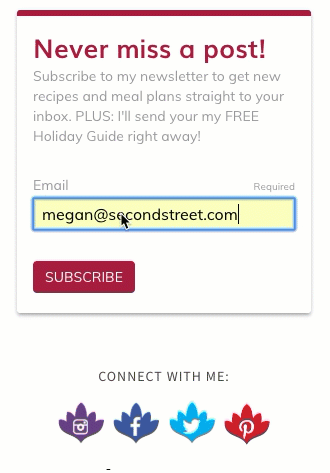
Deciding to make my blog a top priority meant making email a top priority. The success of Zenbelly relies on people making it to my site to read the posts. While social media is great at keeping my brand in front of my audience, it’s email that’s bringing people to my site time after time.
